National Parks vs State Parks: similarities and differences
Our expert looks at National Parks vs State Parks and reveals some similarities, a few differences, and buckets of adventure

There are around 100 times as many State Parks across the US as there are National Parks. In fact, there's approximately 6,000 State Parks, protecting a combined 14 million acres of land. They might not be as famous, or as busy as that matter, as the 63 National Parks, but State Parks offer lifetimes of adventure and some awe-inspiring natural wonders.
Our expert is here to square them off against each other: National Parks vs State Parks, to see what the similarities and differences are, while celebrating both. Have your hiking boots at the ready – when it comes to National Parks and State Parks, you’ll never get bored!
What are the differences between National Parks and State Parks?
While both exist for the purposes of conservation and recreation, National Parks are owned by the national government and managed by the National Park Service, whereas State parks are owned and governed by the individual state in which they're located. One things for sure, both are home to landscapes of staggering natural beauty and incredible wildlife.
National Parks tend to be larger and somewhat wilder, with less amenities and facilities than State Parks, while the more popular National Parks tend to be much busier than State Parks. However, both a relatively affordable to access, though reservations are often needed to visit a National Park.
| Row 0 - Cell 0 | National Parks | State Parks |
| Ownership and governance | Owned by the federal government and managed by the National Parks Service | Owned and managed by the government of the individual state they're located in |
| Purpose | Conservation and recreation | Conservation and recreation |
| Size | Generally larger | Generally smaller |
| Amenities | National Parks usually possess very little in the way of infrastructure and can be a long way from the closest city | More likely to have amenities such as cabins, hot showers, RV hookups, boat ramps and water sports rentals. Plus, they're often relatively close to other urban centers. |
| Usage costs | Most National Parks do charge an entrance fee, but how much it is depends on whether you’re entering in a car or on foot, and some National Parks are always free. They cost is usually modest. | The individual states decide on the entrance fee, which is usually modest. |
| Crowds | Many are often busy due to the regard outdoor lovers have for them. They often require a reservation to visit or camp. | Generally quieter and easier to visit on a whim. |
| Natural Beauty | Many landscapes of immense natural beauty | Many landscapes of immense natural beauty |
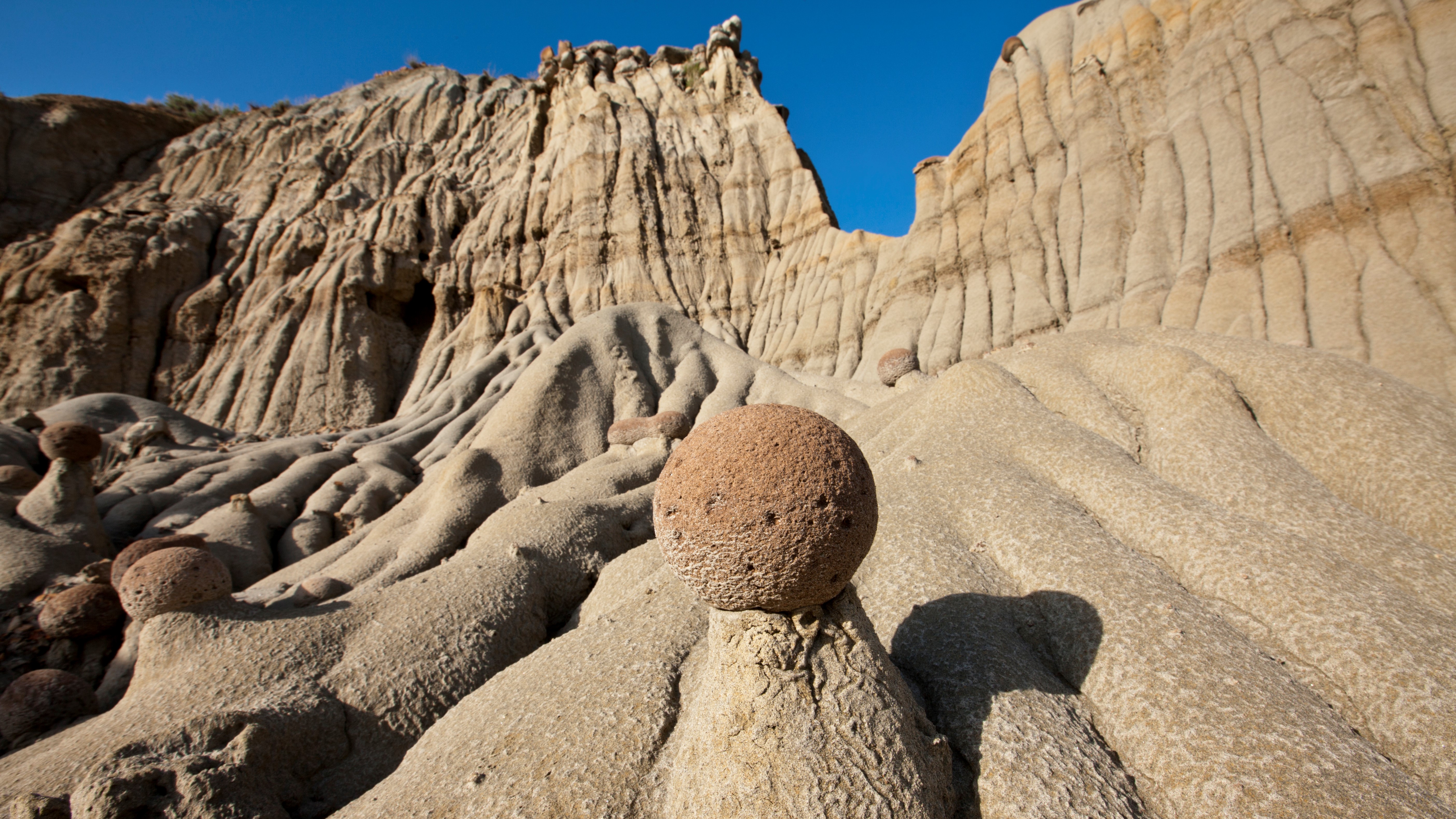
Meet the expert

National Parks are easily Julia's favorite thing about America and she's spent a lot of time exploring them and writing about them. But, a lot of her best adventures have actually taken place in State Parks, from canyoneering in Goblin Valley, Utah to hiking through petroglyphs and petrified trees in Valley of Fire, Nevada.
Today's best deals
Ownership and management
- Both are on public land
- National Parks are owned by the federal government and managed by the National Parks Service
- State Parks are owned and managed by the government of the individual state they're located in

Both National and State Parks are on public land, but the similarities end there. National Parks are owned by the federal government and managed by the National Parks Service, a bureau of the Department of the Interior which is made up of both volunteers and paid employees. All of this makes implementing any changes in or to a National Park a bureaucratic nightmare and selling off a National Park would require taxpayer approval.
State Parks are owned and managed by the government of the individual state that they’re located in, and they don’t receive any federal funding, so the state needs to figure out how to fund its own parks. Often, it will use the park itself to raise funds, via entrance and camping fees for example, but they can also come up with partnerships. For example, Rifle Falls State Park in Colorado is funded in part by Great Outdoors Colorado through Colorado Lottery proceeds. It’s also possible that a state can sell the land to generate funds, which sadly just happened at Fairfield Lake State Park in Texas.
Purpose
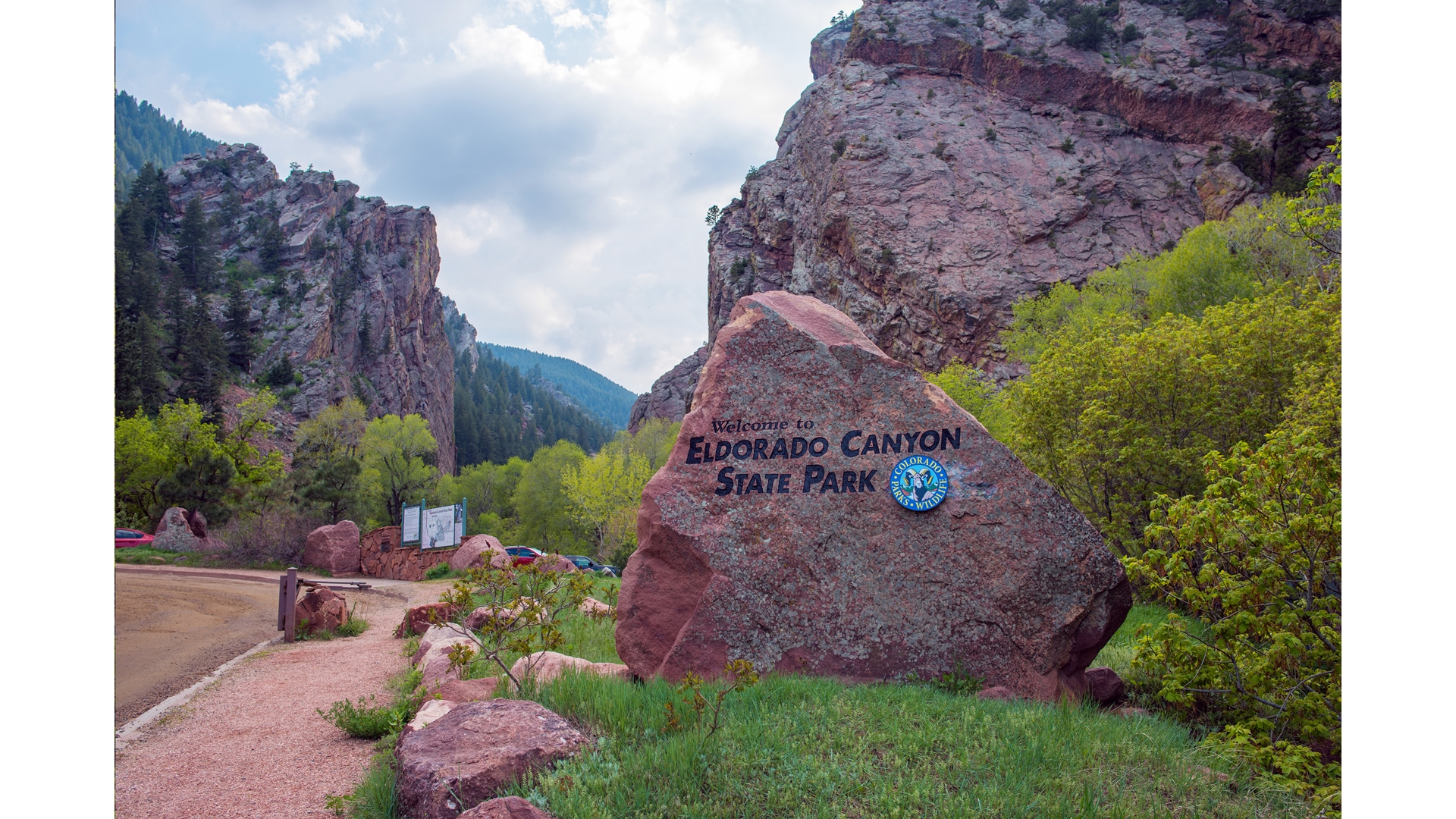
Fundamentally, both National and State Parks exist for conservation purposes. They protect areas of natural beauty for recreational purposes and for the enjoyment of future generations.
All the latest inspiration, tips and guides to help you plan your next Advnture!
Size
- National Parks are generally larger than State Parks
- However, there are exceptions
- Both are likely to have quality hiking trails
Of course, there are small National Parks such as New River Gorge in West Virginia, which is just seven thousand acres, and there are large State Parks such as New York’s mammoth Adirondack Park, which at six million acres is nearly four times bigger than Yellowstone.
However, in general, National Parks are bigger and State Parks are smaller. Though both types of park will usually have amazing hiking trails, you’re more likely to find longer hikes and backpacking expeditions in a National Park due to its bigger size. That said, State Parks like Baxter in Maine, home to the northern terminus of the Appalachian Trail, is a fine place for a multi-day trek.
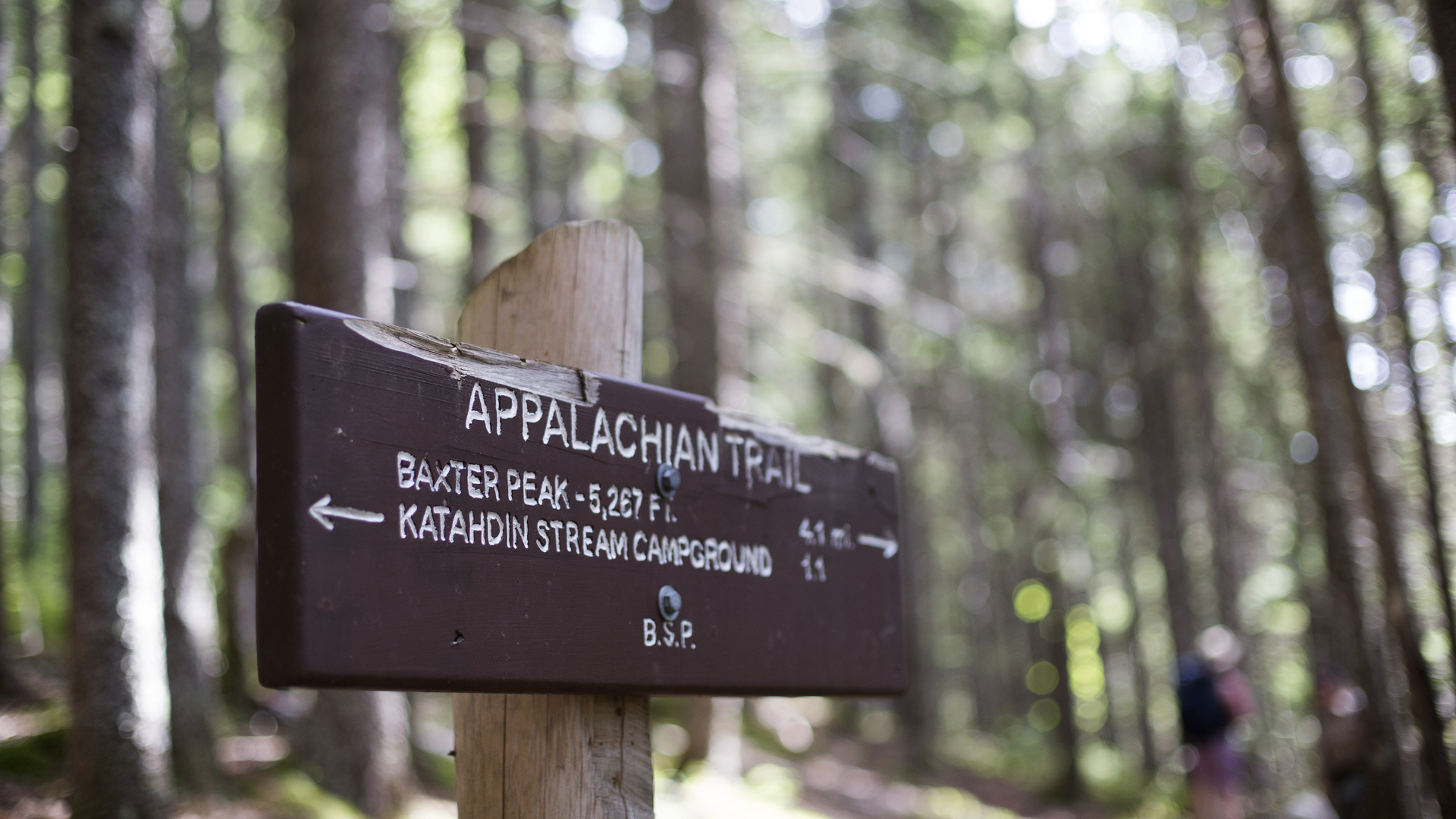
Amenities
- It varies, but National Parks tend to have fewer amenities
- They also tend to be found in wilderness areas, far from the nearest urban centres
- By contrast, State Parks often have more amenities
- They're also usually closer to cities
National Parks possess very little in the way of infrastructure and buildings. Some, such as Gates of the Arctic in northern Alaska, barely even have roads or hiking trails, whereas others like Yosemite have visitors centers, lodges, gift shops and restaurants. However, even in the busiest National Parks, such amenities are scarce, toilets and campgrounds may be primitive, and wifi and phone service is spotty at best (though there are still some perfectly preserved phone booths in Yosemite from a different era). National Parks tend to be found in wilderness areas (the Grand Canyon is 3.5 hours from the nearest major city) so they don’t often have a lot of amenities in the surrounding areas either, though there may be cheaper and easier-to-book lodging just outside of a lot of parks.
In contrast, State Parks often have a lot more in the way of amenities. The State Parks have some 250,000 campsites between them and are more likely to have amenities such as cabins, hot showers, RV hookups, boat ramps and water sports rentals. Further, because State Parks may be found close to urban areas (Eldorado Canyon is just nine miles from Boulder) there might also be a lot more amenities in the immediate vicinity too.
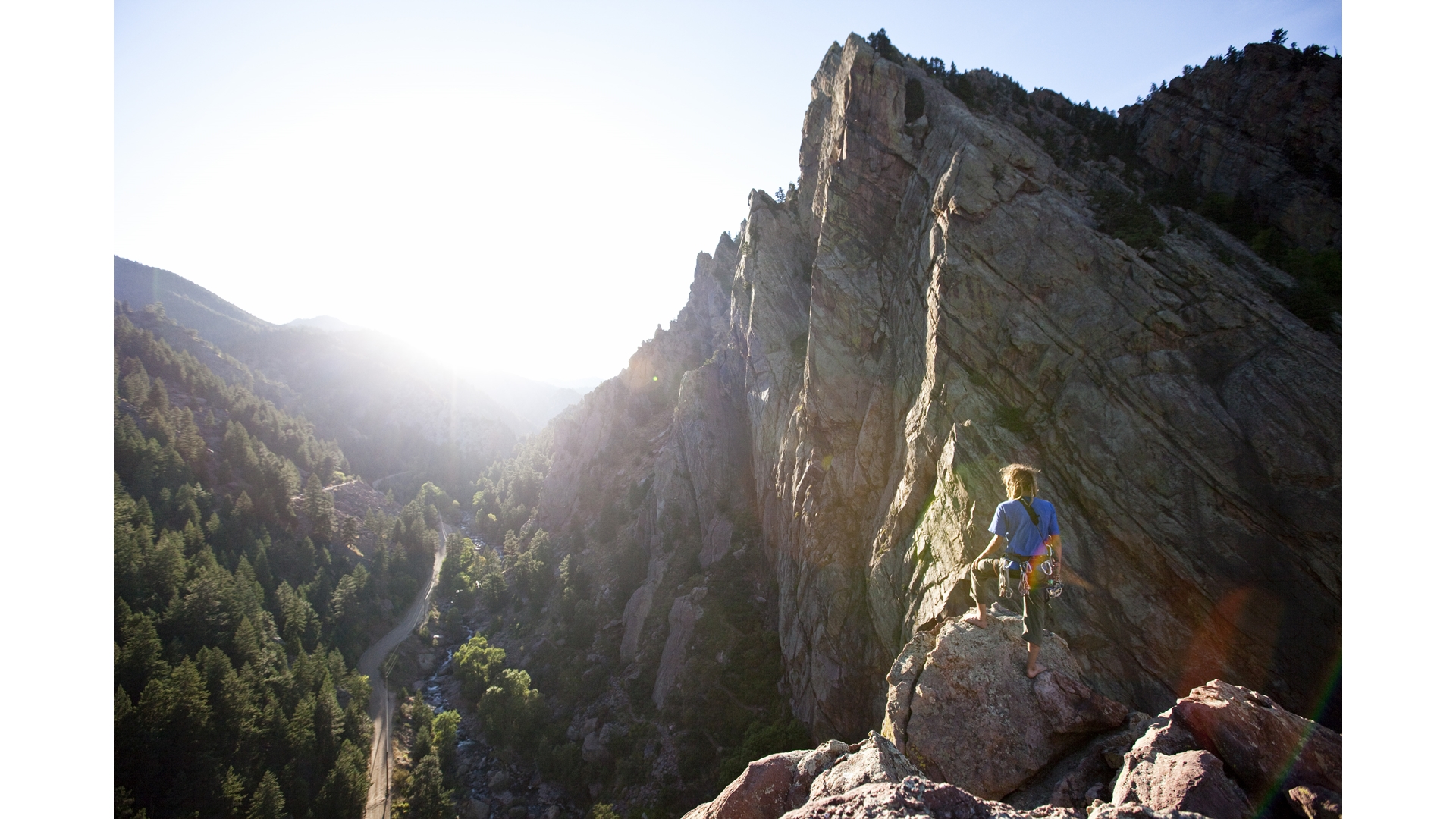
Usage fees
- There's usually a cost to enter both but this is rarely substantial
- You can buy an annual pass to all 63 National Parks for just $80
Not all parks are priced equally. Most National Parks do charge an entrance fee, but how much it is depends on whether you’re entering in a car or on foot, and some National Parks are always free. Because State Parks are managed by individual states, they can apply whatever fees they’d like in order to fund the park, which can mean entrance fees, parking fees and camping fees. One thing is certain, however – it is never costly to visit either a National or a State Park, and you might be paying as little as $2 to park your car, while you can get an annual pass to all 63 National Parks for just $80.
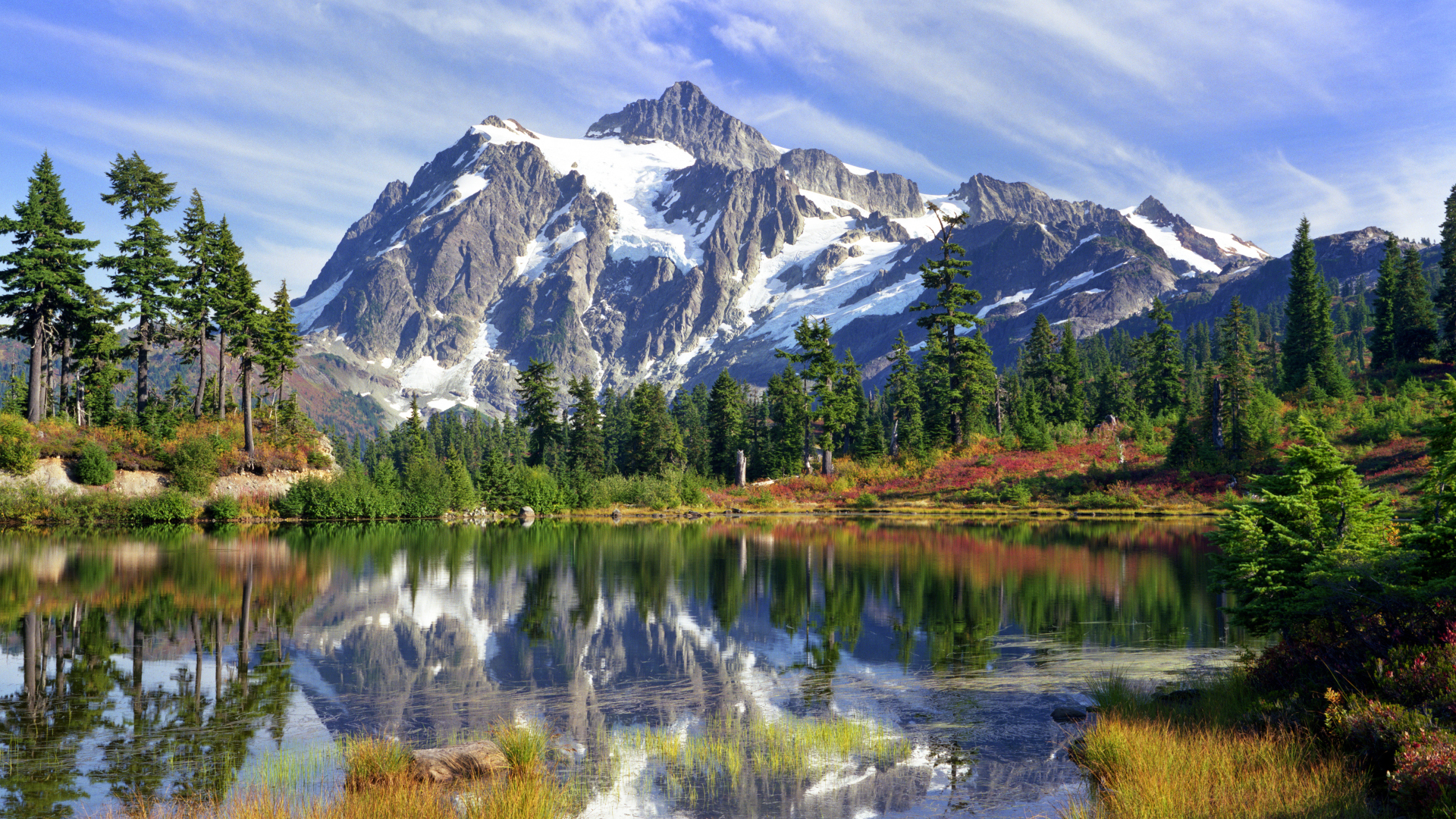
Crowds
- National Parks are held in such high regard by outdoor lovers that many are often busy
- National Parks often require a reservation to visit and camp
- State parks are generally less crowded and easier to visit on a whim
Because National Parks are so highly esteemed amongst nature lovers and hikers, they’re often crowded, although there are plenty of less-visited parks out there that are worth a look. The busiest National Park is Great Smoky Mountains, which often sees upwards of 14 million visitors per year, while Gates of the Arctic is the quietest with around 7,000 visitors each year. Many of the popular National Parks require reservations to visit and camp, and campsites often fill up six months in advance.
Because State Parks aren’t collectively managed, and a lot of them don’t charge entrance fees, it’s harder to find data on visitation. The Adirondack Mountains see some 12 million visitors each year, but in general state parks are less crowded and easier to visit on a whim.
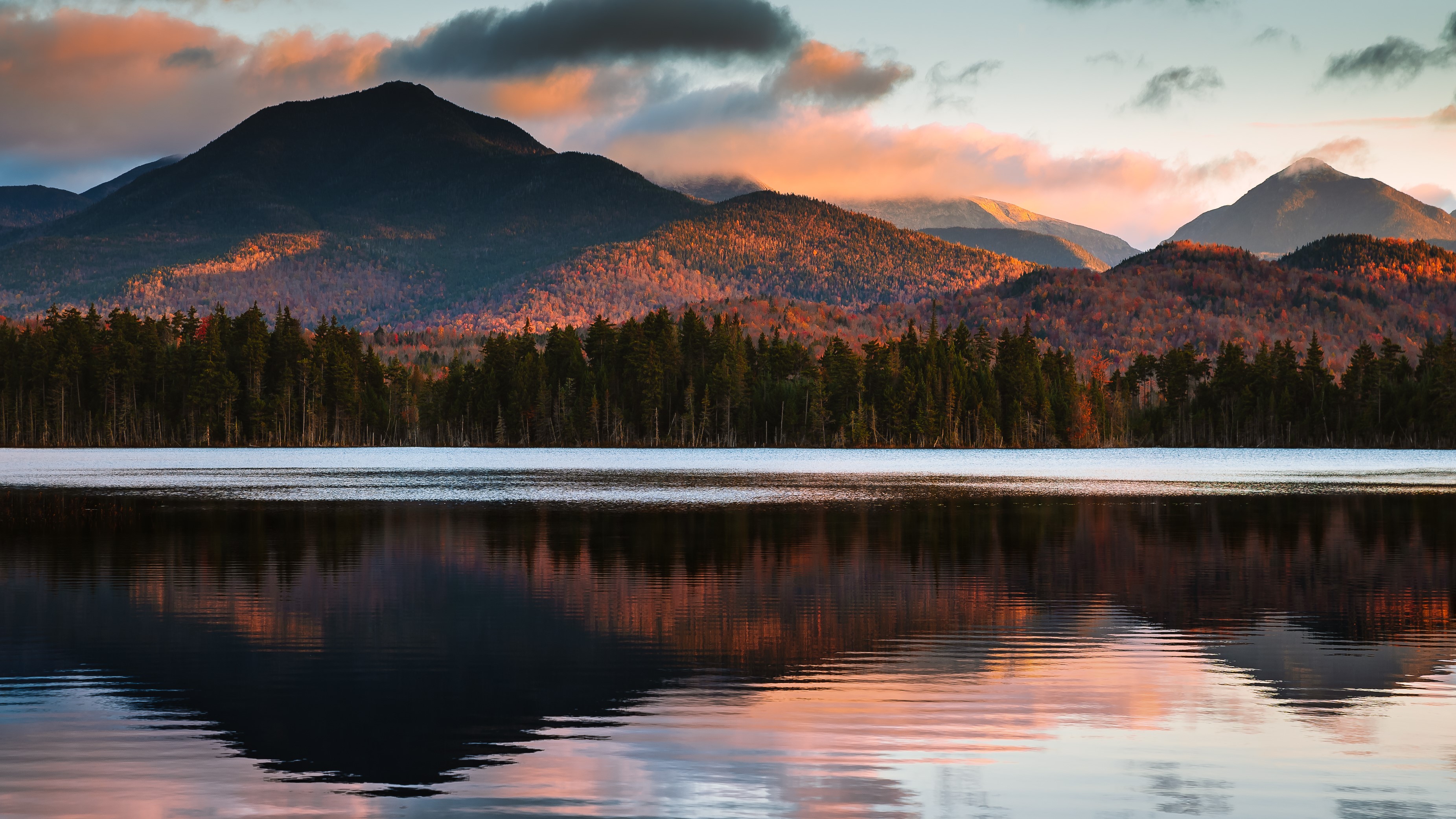
Natural beauty
- Both National Parks and State Parks are home to stunning natural beauty
Because of their immense popularity, it’s easy to assume that National Parks are more beautiful than State Parks, but don’t be fooled. Yes, National Parks do protect areas of outstanding natural beauty — the Rocky Mountains, the everglades and the giant redwoods for example — but many state parks preserve absolutely stunning natural features, from the desert rock formations of Goblin Valley to the gorgeous Palouse River and Falls in Washington. Never forget, beauty is in the eye of the beholder.
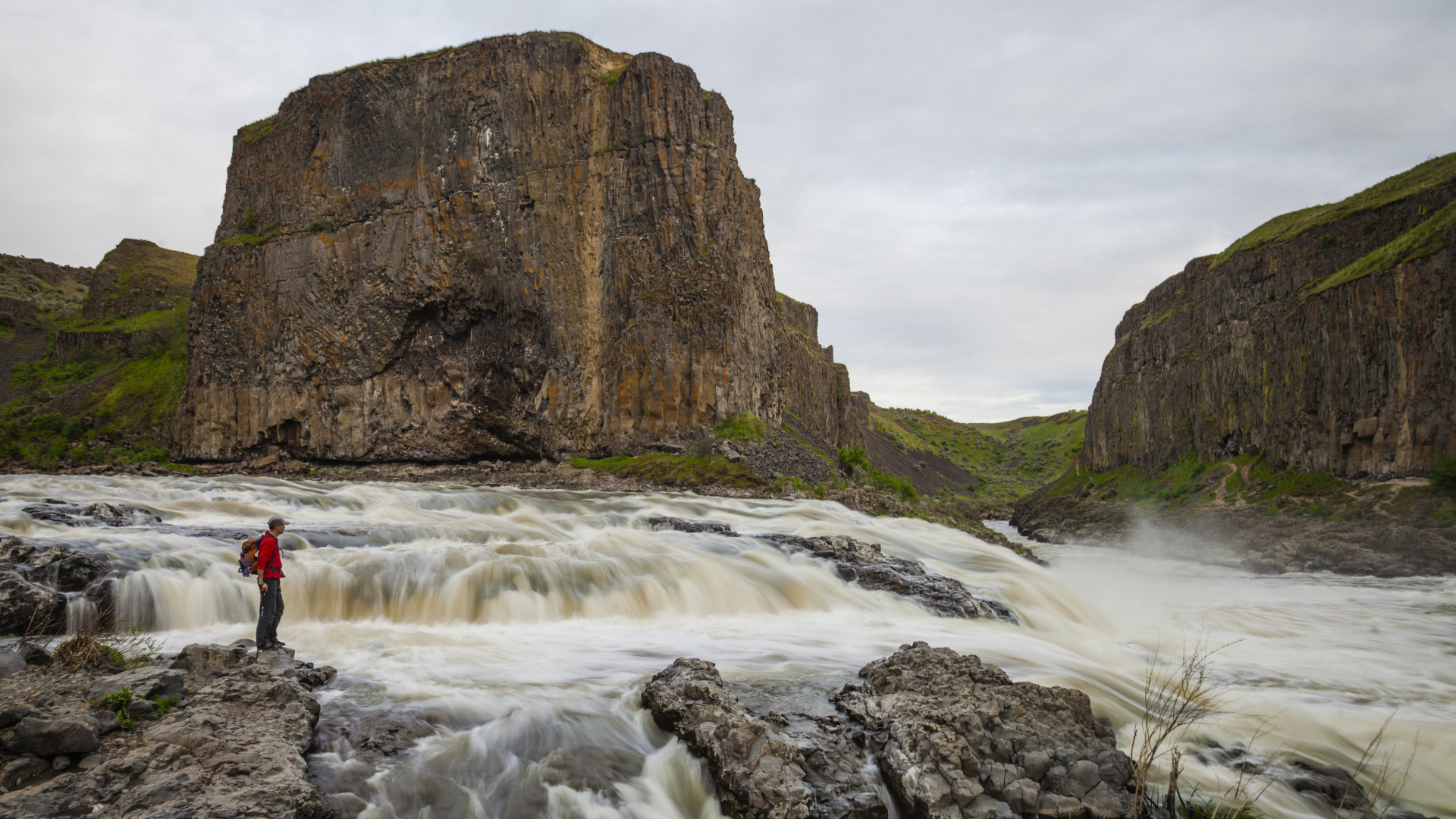
Activities
- It's difficult to compare activities, as it's highly dependant on the park in question
It’s truly hard to compare the activities between National and State Parks, because the activities in each park vary by park. If you’re new to both types of park, you can definitely expect hiking and biking, and if the park is centered around a river or has many lakes, then water sports are an option. Some parks have winter sports when the snow comes, and many have guided tours and rangers programs like Great Basin's guided stargazing expeditions. The outdoor adventures will ultimately be determined by the geography and geology – in Yellowstone you’ll visit geysers and in Canyonlands you can ride your mountain bike along the slickrock trails. To get an idea of the types of activities available in each park, you can visit the individual National Park website, or head to StateParks.org for an overview of the many amazing State Parks in the US.
Julia Clarke is a staff writer for Advnture.com and the author of the book Restorative Yoga for Beginners. She loves to explore mountains on foot, bike, skis and belay and then recover on the the yoga mat. Julia graduated with a degree in journalism in 2004 and spent eight years working as a radio presenter in Kansas City, Vermont, Boston and New York City before discovering the joys of the Rocky Mountains. She then detoured west to Colorado and enjoyed 11 years teaching yoga in Vail before returning to her hometown of Glasgow, Scotland in 2020 to focus on family and writing.
